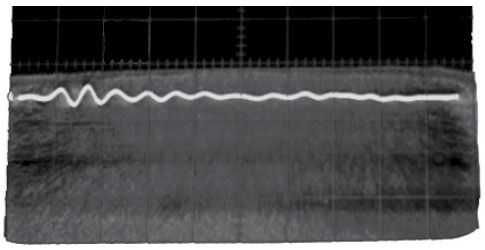
In this way a noise value for every pixel is obtained, – Based on the 100 images obtained at every exposure time, the noise on pixel level is calculated by calculating the rms value of the 100 values available for every pixel. – Grabbing 100 images in dark at various exposure times, including an exposure time of 0 s, To calculate the temporal noise the following procedure is followed : The average dark signal as a function of the exposure or integration time is already shown in an earlier blog, here only the temporal noise in dark is shown in Figure 1. The data or images that are going to be used in the analysis of the temporal noise are the same ones as already used in the discussion of the fixed-pattern noise.

– The photon transfer curve (with or without light as discussed in this blog). – Once the fixed-pattern noise is known of an imager, grabbing a single image (containing temporal and fixed-pattern noise) and subtracting from it the FPN image can result in a temporal noise measurement as well, This type of measurement can help in localizing a particular noise source that is popping up at a specific frequency (e.g. – The usage of a spectrum analyzer, to evaluate the temporal noise as a function of the frequency. This will give the noise in mV, DN or maybe even in another measurable quantity, – After sampling a particular pixel multiple times (the more the better !) the rms value of all measurements is calculated. – any other noise contribution of extra electronics on-chip or off-chip.Īctually there are several ways to measure the temporal noise of an image sensor : – 1/f noise of the MOS transistors (mainly the source-follower in CMOS pixels), – Johnson noise of all resistive components,


Besides the photon shot noise and the dark shot noise, other noise components present when measuring the temporal noise are : Also the dark shot noise needs to be avoided, so preferably a pixel with 0 ms exposure time is analyzed. Based on the fact that temporal noise is simply the variation of a particular parameter in the time domain, multiple measurements of the same pixel in combination with some simple statistical calculations can do the job ! If one has the choice, the pixel that is going to be sampled is not illuminated, otherwise the photon shot noise will be measured (and there are plenty of people who did this already before !). Temporal noise measurements seem to be very difficult, but actually the reality is different.
DARK NOISE SAMPLERS HOW TO
A few days ago I promised to write some material about how to measure temporal noise.


 0 kommentar(er)
0 kommentar(er)
